America's original sin
The first enslaved people arrived in Virginia 400 years ago this month. How did slavery shape our country?
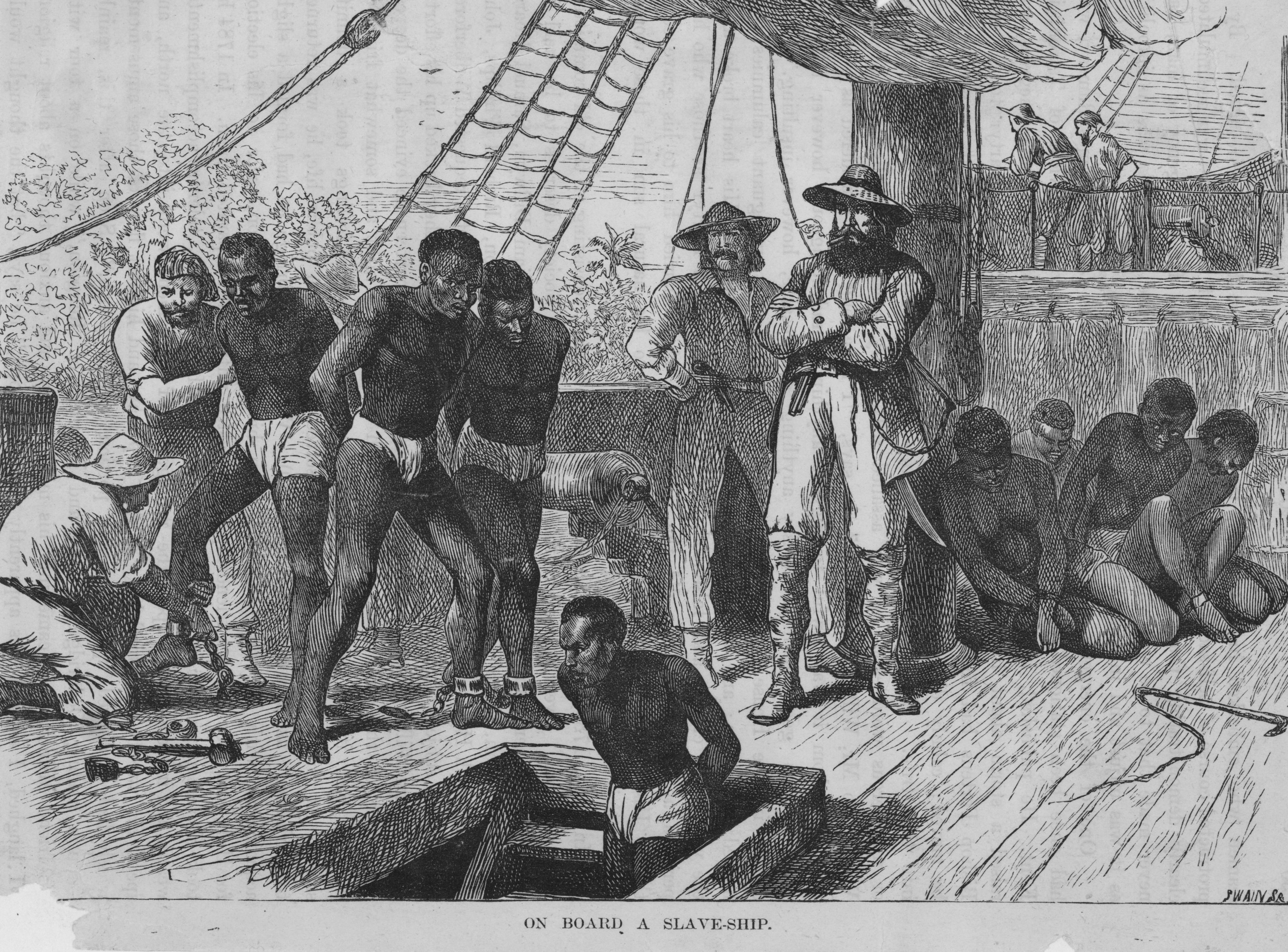
The first enslaved people arrived in Virginia 400 years ago this month. How did slavery shape our country? Here's everything you need to know:
Who brought in the first slaves?
Sometime in late August of 1619, more than a year before the Pilgrims arrived at Plymouth Rock, an English privateer ship named the White Lion carrying between 20 and 30 Africans in chains landed at Point Comfort in Virginia. The crew traded the human cargo to colonists from nearby Jamestown in exchange for food. This was the first documented instance of enslaved people setting foot in one of the 13 colonies that became the United States. African slavery, however, was already firmly established in the Western Hemisphere. The Portuguese and Spanish empires began enslaving Africans to work in the Caribbean and Central and South America beginning in the early 1500s to replace enslaved native people who were dying in droves from brutal overwork and imported diseases. The White Lion, essentially a state-sponsored pirate ship, actually plundered the souls it carried from a Portuguese slave ship off the coast of Mexico, the San Juan Bautista, which had set out from present-day Angola.
The Week
Escape your echo chamber. Get the facts behind the news, plus analysis from multiple perspectives.

Sign up for The Week's Free Newsletters
From our morning news briefing to a weekly Good News Newsletter, get the best of The Week delivered directly to your inbox.
From our morning news briefing to a weekly Good News Newsletter, get the best of The Week delivered directly to your inbox.
How were these people treated?
At first, the Africans were considered indentured servants, not slaves, because many of them had been baptized Christian when they were seized. They were forced to work in the tobacco fields, laboring in the hot sun alongside about 1,000 white indentured servants. Conditions were brutal. Many workers died before their terms of service expired, with disease rampant in the malarial lowlands. White Europeans, however, at least had some choice in the matter. They sold themselves into servitude, usually for a period of four to seven years, in exchange for transportation to the New World and the chance to eventually own land and enjoy the rights of other colonists. A handful of Africans also managed to work their way to freedom. But the ambiguity about their status as property, not contracted servants, was erased over a few decades. "These two words, 'negro' and 'slave,'" the Rev. Morgan Godwyn of Virginia wrote in 1680, have "by custom grown homogeneous and convertible."
What changed?
Whites gradually imposed a rigid racial caste system that locked Africans and their descendants into perpetual status as lesser beings with no rights. By the 1650s, many enslaved Africans were held to service for life. In 1662, the colony decreed that children born to enslaved women would inherit their mother's status. Subsequent laws made it legal for colonists to kill enslaved people for not following orders or for resisting arrest. Bacon's Rebellion, a 1676 uprising by white and black workers on the frontier, deeply alarmed the aristocracy and hardened its determination to keep slaves powerless. The colonial elites sought to divide the races to keep the servant class from making common cause, including forbidding interracial marriage. By the early 18th century, Virginia and other American colonies had passed comprehensive slave codes stripping enslaved blacks of virtually all rights. Masters could do as they pleased with their human property, including beating and whipping them into submission. Rape was commonplace. The genetic makeup of the average black person in the U.S. today is an estimated 16.7 percent European in large part because of that brutal legacy.
A free daily email with the biggest news stories of the day – and the best features from TheWeek.com
Why did slavery spread?
It made slave owners rich. In this pre-industrial era, Southern planters growing labor-intensive crops like tobacco, rice, and indigo had an insatiable need for human toil, and slaves were cheaper than indentured servants. Slavery soon spread to all of the American colonies, with enslaved people in New England and the mid-Atlantic colonies working as house servants, laborers, and craftsmen in such industries as glassblowing, ironwork, and weaving. In 1756, enslaved people made up more than a quarter of the population in and around the city of New York. Slaves enriched their owners in a second way — by having children, who became the property of the masters. Only about 388,000 people out of the 12.4 million Africans forcibly taken to the New World were sent to North America. Yet by 1860, there were 4.4 million black people living in the U.S., of whom 3.9 million were enslaved.
How did slavery affect the U.S.?
Slave labor was critical to the economic success of the American colonies and the early republic. Enslaved workers even built the Capitol and the White House in Washington, D.C. Although the institution gradually declined in the North, the invention of the cotton gin cemented it in the South and in the nation's economic life. Throughout the antebellum period, cotton made up more than half of all U.S. exports. Southern cotton fed Northern looms and made Northern investors rich, too. Enslaved workers laid nearly 10,000 miles of railroad tracks, a third of the nation's total by the time of the Civil War. Slaves were the country's biggest asset class in 1860, valued at more than $3.5 billion in that era's dollars — more than the manufacturing and railroad sectors combined. "The idea that the commodification and suffering and forced labor of African-Americans is what made the United States powerful and rich is not an idea that people necessarily are happy to hear," wrote historian Edward E. Baptist. "Yet it is the truth."
Slavery's imprint on the present
The abolition of slavery did not end white supremacy. Wealthy white Southerners lost most of their wealth right after the Civil War, but regained most of it by re-establishing the region's aristocracy and oppressive racial hierarchy. When federal troops were pulled out of the South in 1877, ending Reconstruction, the newly freed slaves were violently locked out of political and economic life. Many were forced into sharecropping, an exploitative form of pseudo-slavery. Northern politicians embraced legal and de facto segregation as well. African-Americans fleeing apartheid regimes in the South were squeezed into economically depressed slums by discriminatory lending laws. A century of legal discrimination crippled black families' ability to get decent educations, find jobs, buy homes, and build wealth. That legacy endures. In 2016, the average black family had a net worth of $17,600, compared with $171,000 for the average white family.
-
 A running list of the US government figures Donald Trump has pardoned
A running list of the US government figures Donald Trump has pardonedin depth Clearing the slate for his favorite elected officials
-
 Ski town strikers fight rising cost of living
Ski town strikers fight rising cost of livingThe Explainer Telluride is the latest ski resort experiencing an instructor strike
-
 ‘Space is one of the few areas of bipartisan agreement in Washington’
‘Space is one of the few areas of bipartisan agreement in Washington’Instant Opinion Opinion, comment and editorials of the day
-
 Bari Weiss’ ‘60 Minutes’ scandal is about more than one report
Bari Weiss’ ‘60 Minutes’ scandal is about more than one reportIN THE SPOTLIGHT By blocking an approved segment on a controversial prison holding US deportees in El Salvador, the editor-in-chief of CBS News has become the main story
-
 Has Zohran Mamdani shown the Democrats how to win again?
Has Zohran Mamdani shown the Democrats how to win again?Today’s Big Question New York City mayoral election touted as victory for left-wing populists but moderate centrist wins elsewhere present more complex path for Democratic Party
-
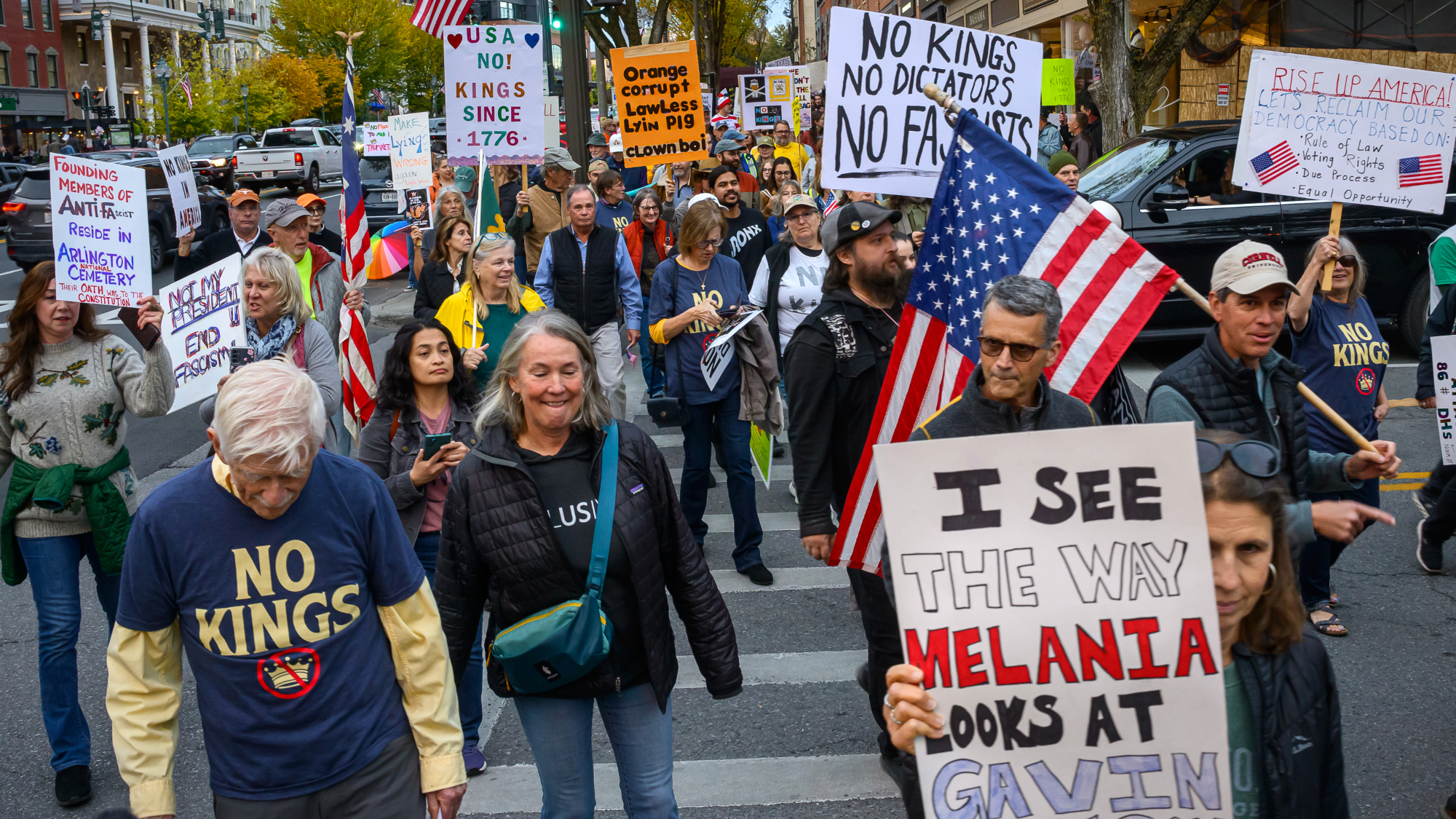 Millions turn out for anti-Trump ‘No Kings’ rallies
Millions turn out for anti-Trump ‘No Kings’ ralliesSpeed Read An estimated 7 million people participated, 2 million more than at the first ‘No Kings’ protest in June
-
 Ghislaine Maxwell: angling for a Trump pardon
Ghislaine Maxwell: angling for a Trump pardonTalking Point Convicted sex trafficker's testimony could shed new light on president's links to Jeffrey Epstein
-
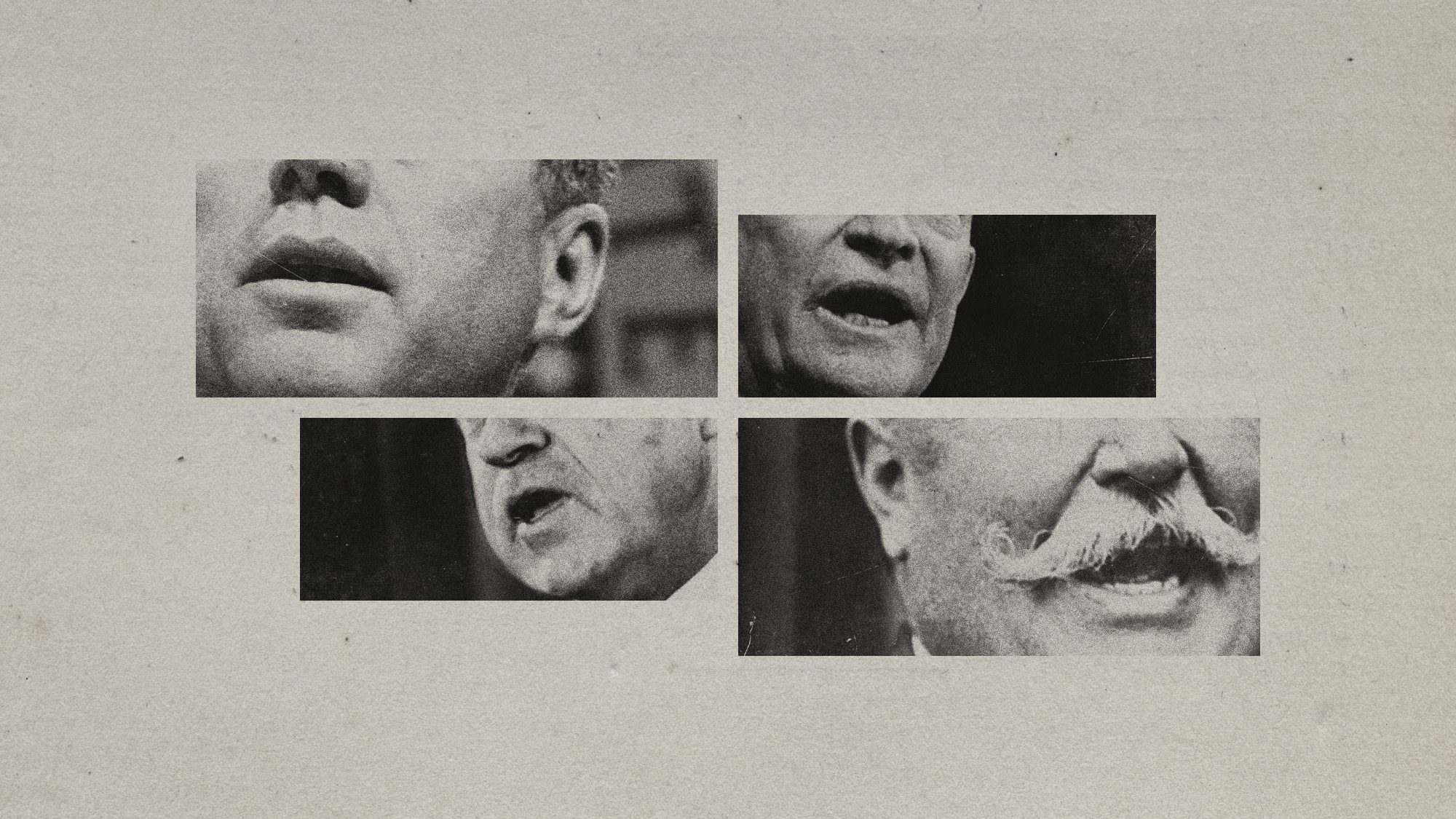 The last words and final moments of 40 presidents
The last words and final moments of 40 presidentsThe Explainer Some are eloquent quotes worthy of the holders of the highest office in the nation, and others... aren't
-
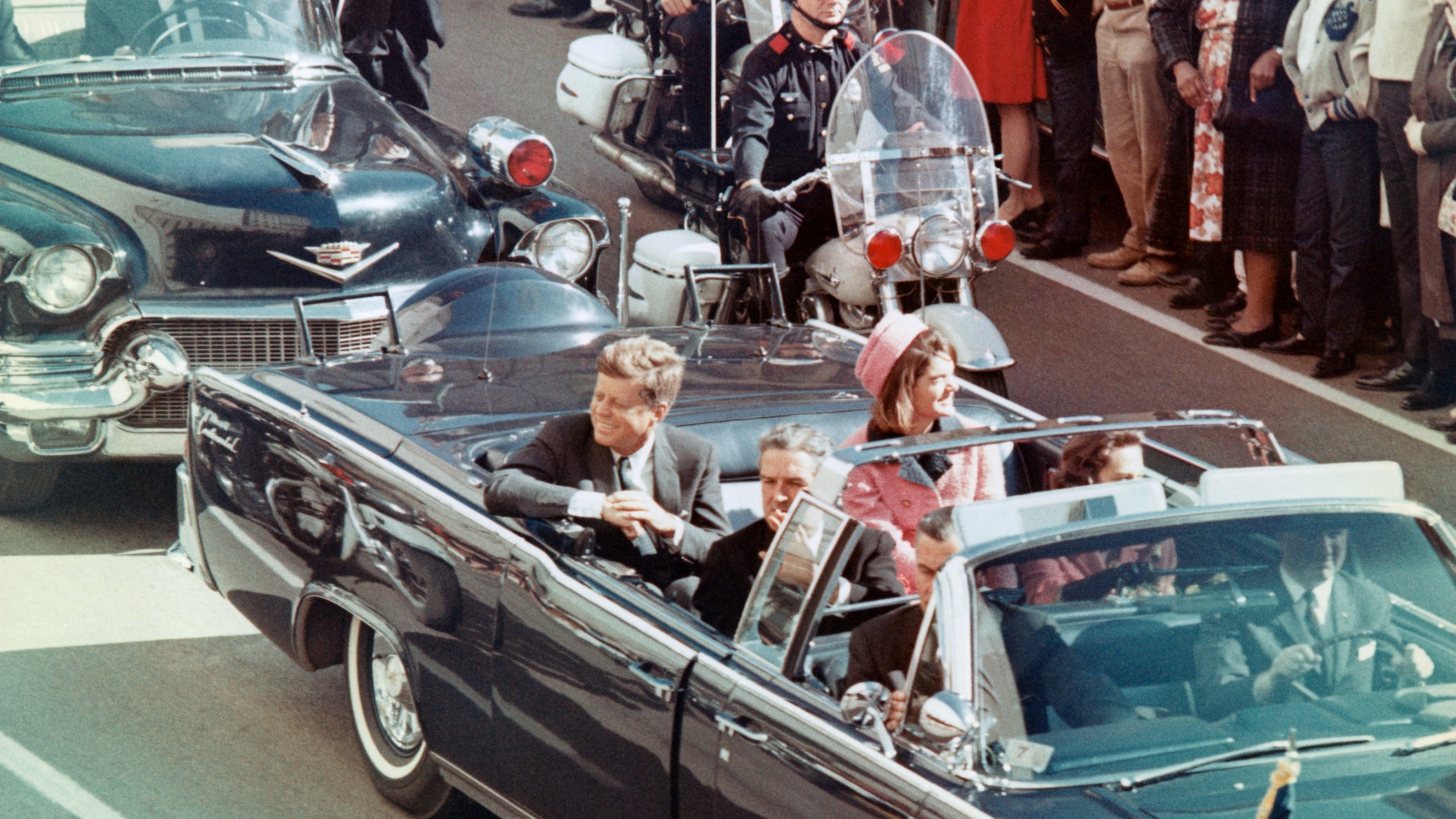 The JFK files: the truth at last?
The JFK files: the truth at last?In The Spotlight More than 64,000 previously classified documents relating the 1963 assassination of John F. Kennedy have been released by the Trump administration
-
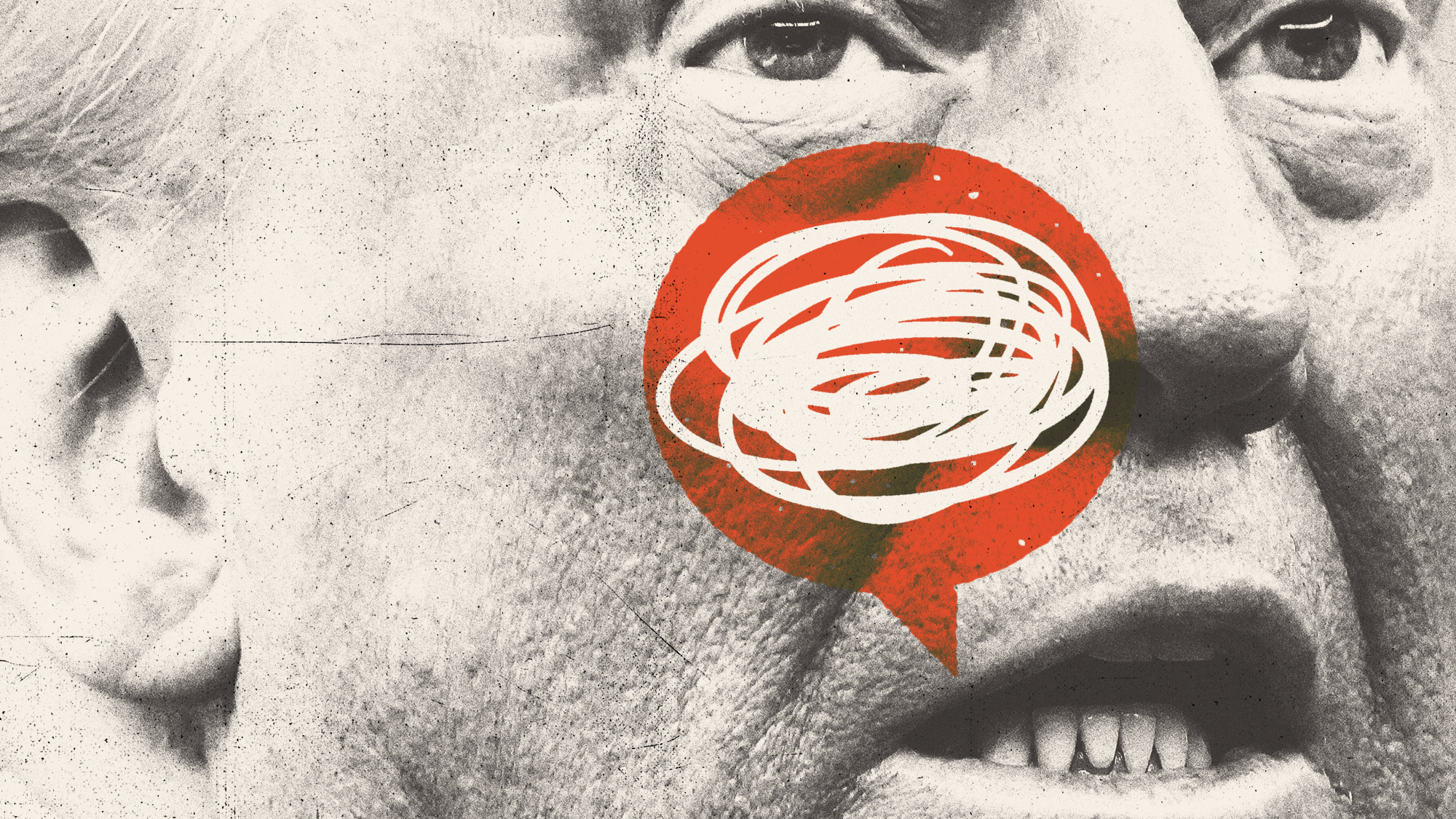 'Seriously, not literally': how should the world take Donald Trump?
'Seriously, not literally': how should the world take Donald Trump?Today's big question White House rhetoric and reality look likely to become increasingly blurred
-
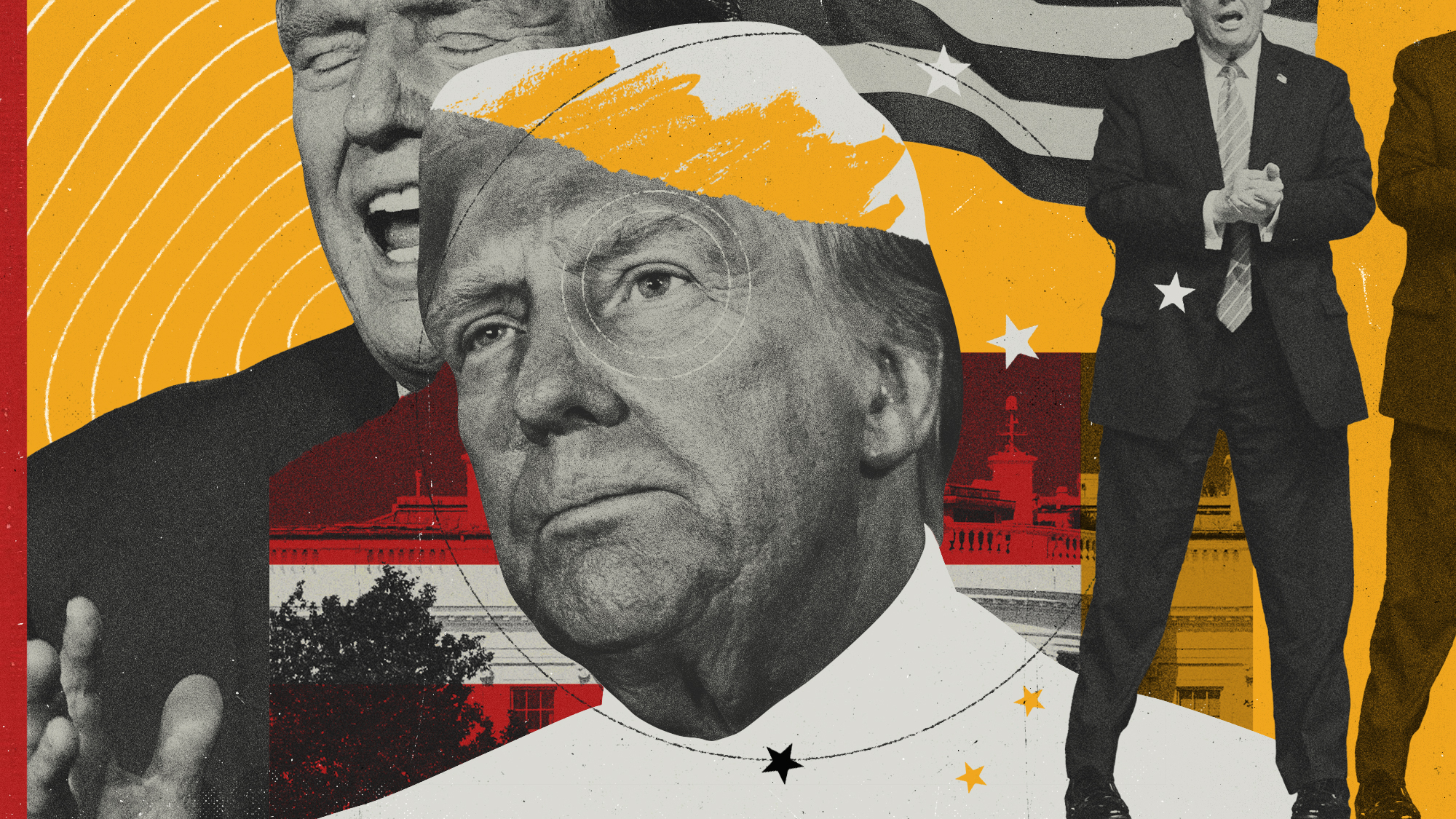 Will Trump's 'madman' strategy pay off?
Will Trump's 'madman' strategy pay off?Today's Big Question Incoming US president likes to seem unpredictable but, this time round, world leaders could be wise to his playbook